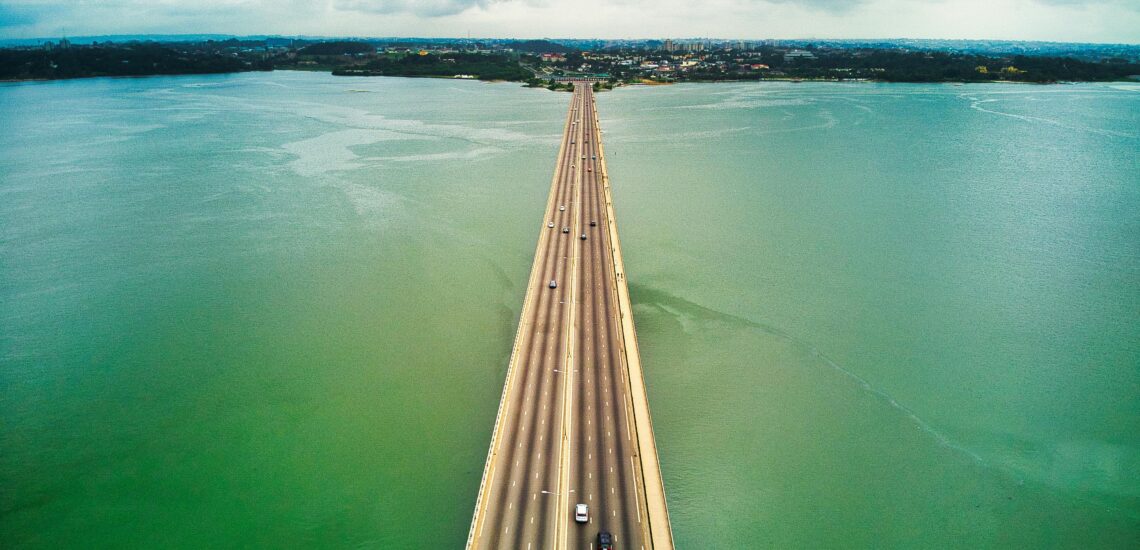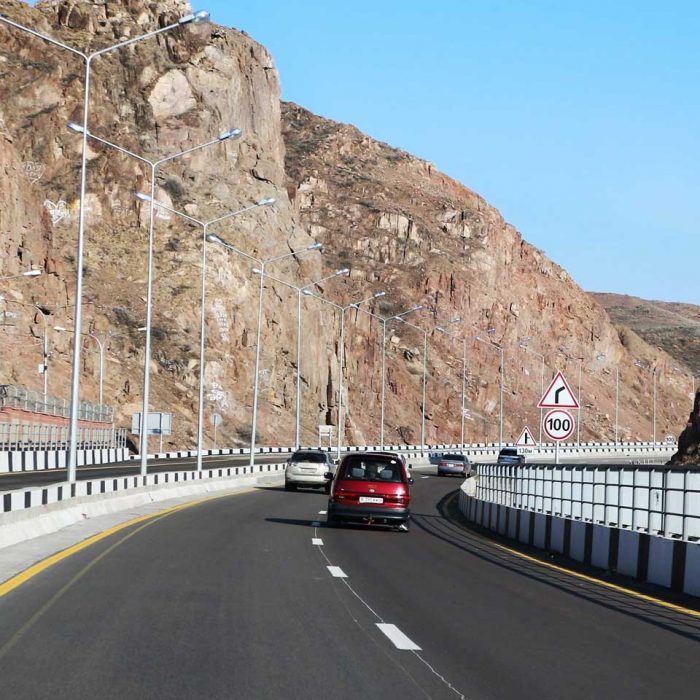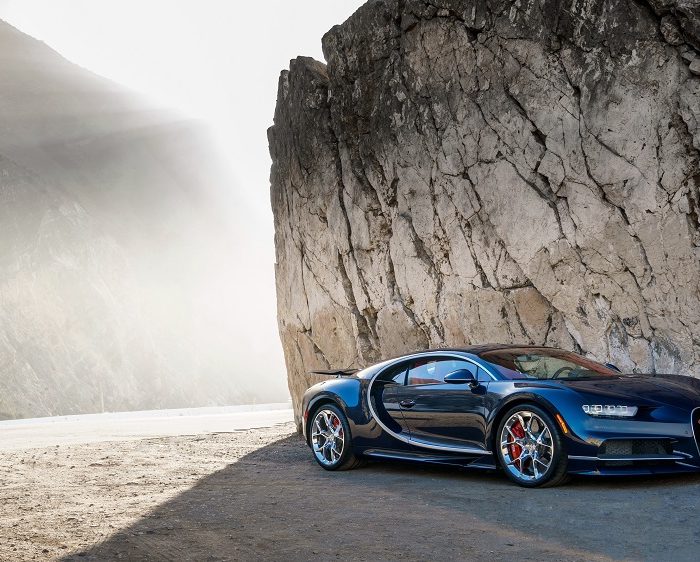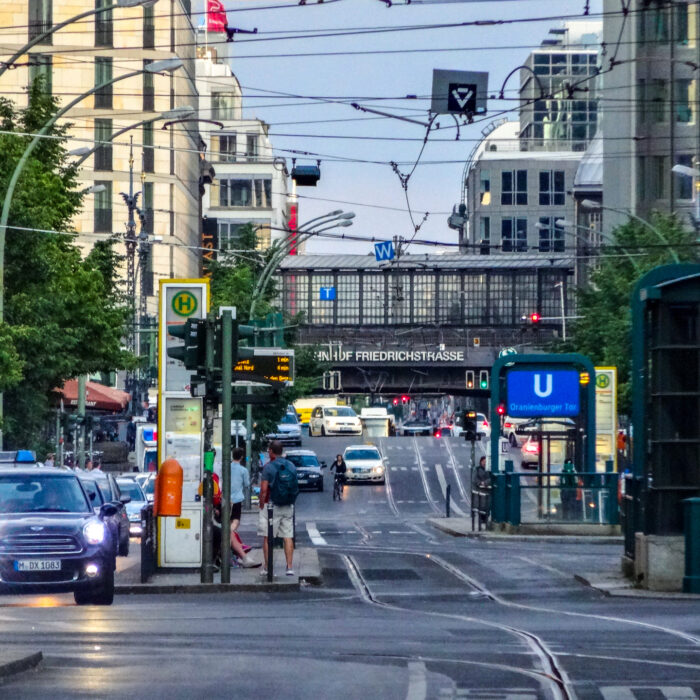Datos breves sobre Costa de Marfil (Costa de Marfil):
- Población: Aproximadamente 32 millones de personas.
- Capital: Yamoussoukro (política), con Abiyán como capital económica.
- La ciudad más grande: Abiyán.
- Idioma oficial: Francés.
- Otros idiomas: idiomas indígenas como el baoulé, el dioula y el senoufo.
- Moneda: Franco CFA de África Occidental (XOF).
- Gobierno: República presidencial.
- Religión principal: El Islam y el cristianismo, y también se practican las creencias tradicionales.
- Geografía: Ubicado en África occidental, limita con Liberia y Guinea al oeste, Mali y Burkina Faso al norte, Ghana al este y el Océano Atlántico al sur. El paisaje varía desde lagunas costeras hasta selvas tropicales y sabanas en el norte.
Dato 1: Costa de Marfil debe su nombre al comercio activo de marfil de elefante aquí
Costa de Marfil, o «Costa de Marfil», recibió su nombre por su papel histórico en el comercio de marfil. Durante el período colonial, los comerciantes europeos se sintieron atraídos por la región debido a la abundancia de marfil de elefante, que era muy apreciado en Europa para la fabricación de arte, joyas y artículos de lujo. El nombre «Costa de Marfil» refleja este período en el que la zona era una de las varias regiones costeras de África occidental que se denominaban según sus principales productos comerciales, como la Costa Dorada (Ghana) y la Costa de los Esclavos (Benín, Togo y partes de Nigeria).
El comercio de marfil contribuyó de manera significativa a la economía local y atrajo los intereses coloniales europeos, lo que llevó al eventual establecimiento de Costa de Marfil como colonia francesa. Si bien el comercio de marfil ha disminuido desde hace mucho tiempo, el nombre sigue siendo el símbolo de una parte importante, aunque compleja, de la historia del país.
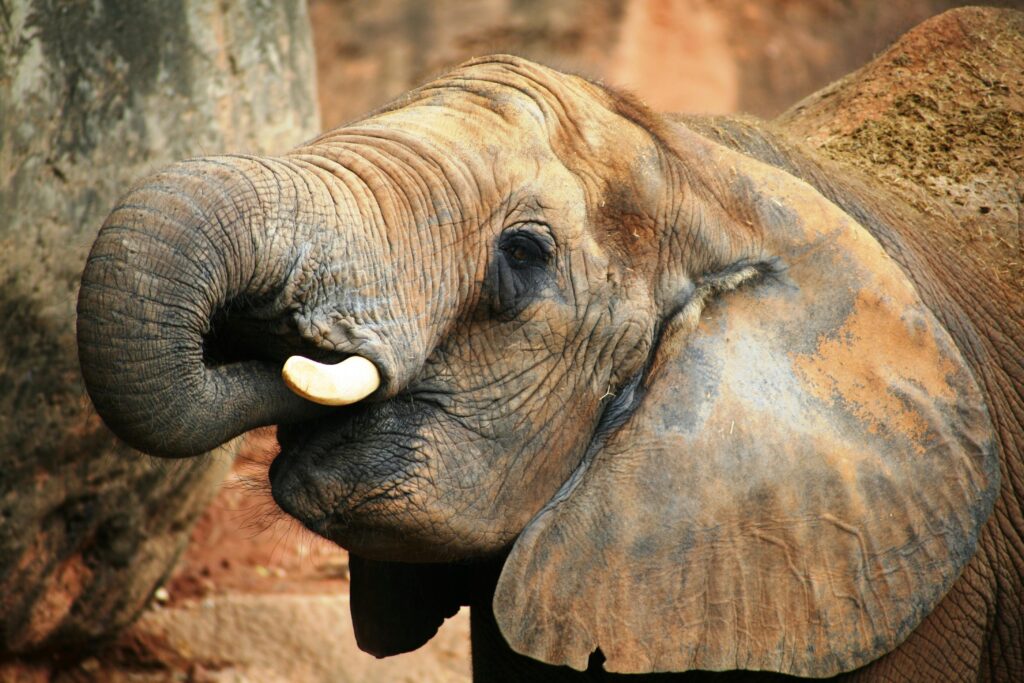
Dato 2: Costa de Marfil ha producido varios jugadores de fútbol de renombre internacional
Entre los más famosos se encuentra Didier Drogba, un delantero legendario conocido por su paso por el Chelsea FC en la Premier League inglesa, donde se convirtió en uno de los máximos goleadores y llevó al equipo a conseguir numerosas victorias, incluido el título de la UEFA Champions League en 2012. Drogba es famoso no solo por su habilidad en el campo de juego, sino también por su papel en la promoción de la paz en Costa de Marfil durante los períodos de disturbios civiles.
Otro jugador notable es Yaya Touré, que alcanzó la fama jugando para el Manchester City y fue fundamental para el éxito del club en la Premier League. La poderosa presencia y versatilidad de Touré en el mediocampo le valieron varios premios al Jugador Africano del Año y lo convirtieron en uno de los mejores jugadores de África. Otros jugadores notables son Kolo Touré (el hermano mayor de Yaya), Salomon Kalou y Wilfried Zaha, cada uno de los cuales ha contribuido a la visibilidad del talento marfileño en las ligas europeas e internacionales.
Dato 3: Quizás el fútbol promovió la paz durante la guerra civil de 2005
Concretamente, la influencia de Didier Drogba desempeñó un papel notable en la promoción de la paz en Costa de Marfil durante la guerra civil de 2005. Después de que la selección nacional de Costa de Marfil se clasificara para la Copa Mundial de la FIFA 2006, la primera clasificación de la historia del país, Drogba aprovechó el momento para hacer un sincero llamamiento a favor de la paz. Dirigiéndose directamente a la nación ante las cámaras, instó a ambas partes en conflicto a deponer las armas y reconciliarse.
Su llamamiento resonó profundamente en el público y se le atribuye ampliamente el mérito de haber ayudado a fomentar una tregua temporal. En un gesto simbólico de unidad, la selección nacional incluso jugó un partido de clasificación para la Copa Mundial en la ciudad de Bouaké, controlada por los rebeldes, en 2007, lo que fortaleció aún más los esfuerzos de paz y demostró el poder unificador del fútbol.
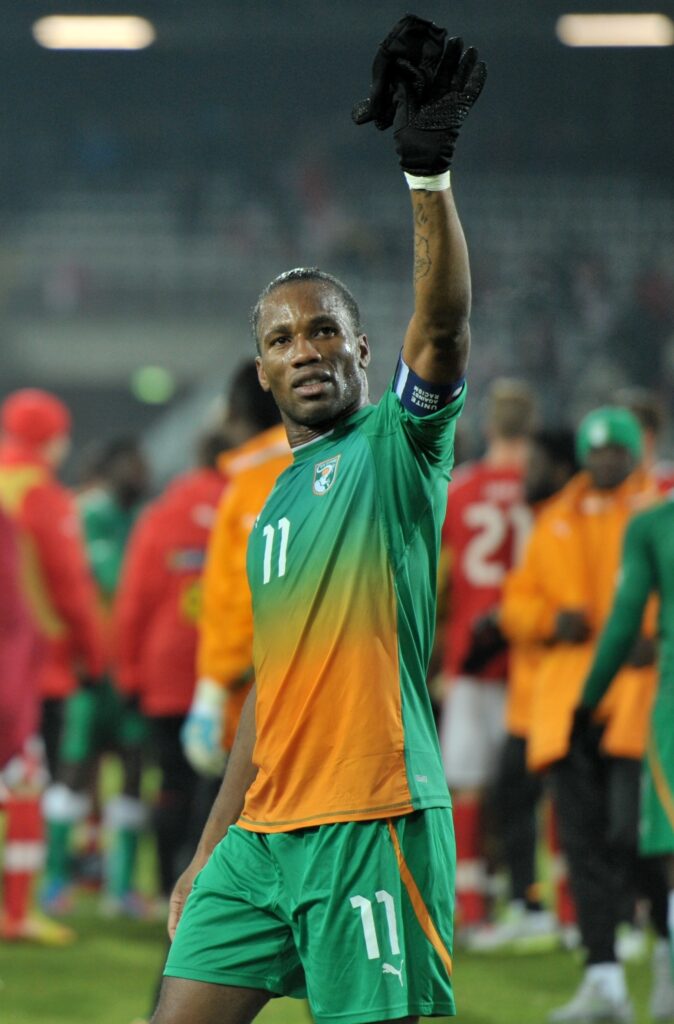
Dato 4: Costa de Marfil es el mayor productor de cacao del mundo
Costa de Marfil es uno de los mayores productores de cacao del mundo y, por lo general, compite por el primer puesto con Ghana. En los últimos años, produce alrededor del 40% del cacao mundial, lo que la convierte en un actor fundamental en la industria mundial del chocolate. Este predominio en la producción de cacao tiene importantes implicaciones económicas, ya que el cacao es la exportación más valiosa de Costa de Marfil y una fuente importante de ingresos para millones de marfileños, especialmente para los pequeños agricultores.
El clima del país, con lluvias tropicales y temperaturas cálidas, es idóneo para el cultivo del cacao. Sin embargo, la dependencia del cacao también presenta desafíos, ya que la economía puede ser vulnerable a las fluctuaciones de los precios mundiales del cacao.
Dato 5: Aquí puede visitar 4 sitios declarados Patrimonio de la Humanidad por la UNESCO
Costa de Marfil tiene cuatro sitios declarados Patrimonio de la Humanidad por la UNESCO, cada uno de los cuales representa un aspecto único del patrimonio natural y cultural del país:
- Parque Nacional Comoé – incluido en la lista en 1983, este parque es una de las áreas protegidas más grandes de África occidental y es conocido por sus diversos ecosistemas, que van desde sabanas hasta densos bosques. Es el hogar de numerosas especies de vida silvestre, incluidos elefantes, hipopótamos y varios primates.
- Parque Nacional Taï – También incluido en 1982, es una de las últimas secciones de selva tropical primaria que quedan en África occidental y alberga una rica biodiversidad, que incluye especies en peligro de extinción como los hipopótamos pigmeos y los chimpancés.
- Ciudad histórica de Grand-Bassam – inscrita en 2012, Grand-Bassam fue la primera capital colonial de Costa de Marfil. La ciudad conserva la arquitectura colonial y tiene una importancia histórica significativa, ya que muestra el pasado colonial del país y su posterior viaje hacia la independencia.
- Reserva natural estricta del monte Nimba (compartida con Guinea) – Agregado a la lista del Patrimonio Mundial en 1981, este sitio incluye una variedad de paisajes montañosos con flora y fauna raras. Aunque solo una parte del monte Nimba se encuentra en Costa de Marfil, es una región ecológicamente rica que alberga varias especies en peligro de extinción.
Nota: Si planea visitar el país, verifique si necesita un permiso de conducir internacional en Costa de Marfil para alquilar y conducir un automóvil.
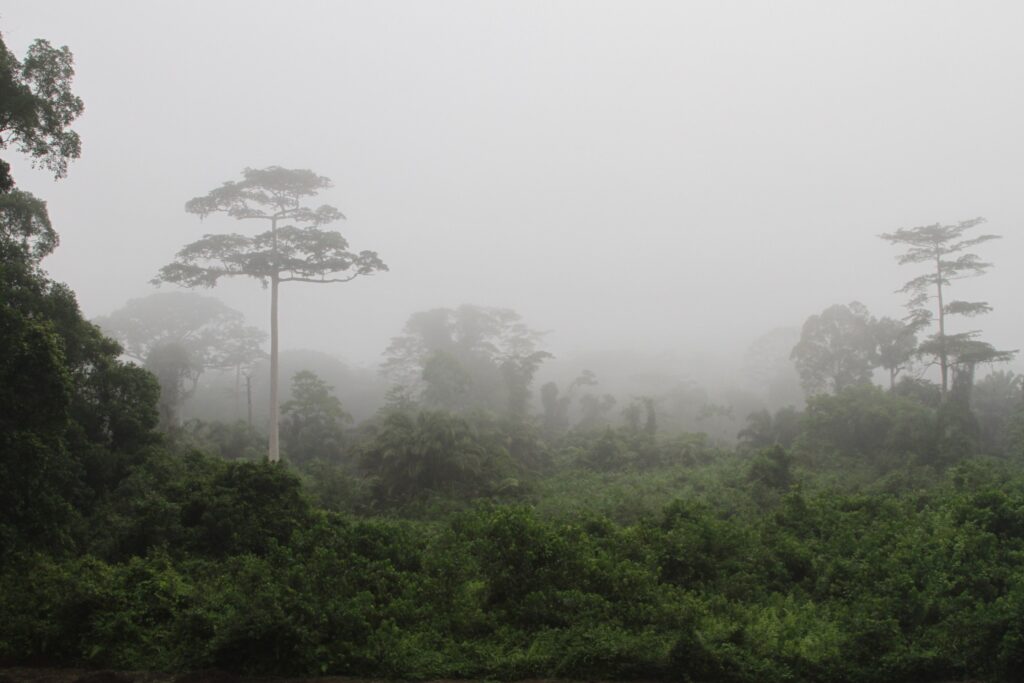
Dato 6: En Costa de Marfil puedes encontrar el hipopótamo pigmeo
Costa de Marfil es uno de los pocos países donde se puede encontrar el hipopótamo pigmeo (Choeropsis liberiensis), aunque es extremadamente raro y se encuentra principalmente en el Parque Nacional de Taï. El hipopótamo pigmeo es mucho más pequeño que el hipopótamo común, es esquivo y nocturno, y pasa gran parte del tiempo escondido en densos bosques cerca de ríos y pantanos.
Esta especie está clasificada como en peligro de extinción debido a la pérdida de hábitat a causa de la deforestación y la caza. La población de hipopótamos pigmeos que queda en Costa de Marfil es monitoreada y protegida cuidadosamente, especialmente en el Parque Nacional Taï, que proporciona un refugio crucial para esta especie única.
Dato 7: Una de las iglesias más grandes se encuentra aquí
Costa de Marfil alberga una de las iglesias más grandes del mundo: la Basílica de Nuestra Señora de la Paz en Yamoussoukro, la capital política del país. Terminada en 1989, esta enorme basílica se inspiró en la basílica de San Pedro de la Ciudad del Vaticano e incluso la supera en altura, alcanzando los 158 metros (518 pies).
Financiada por el entonces presidente de Costa de Marfil, Félix Houphouët-Boigny, la basílica tiene capacidad para 18.000 fieles (7.000 sentados en el interior y otros 11.000 en la plaza exterior). La estructura combina la arquitectura clásica europea con elementos de diseño local, con grandes vidrieras e intrincados mosaicos.
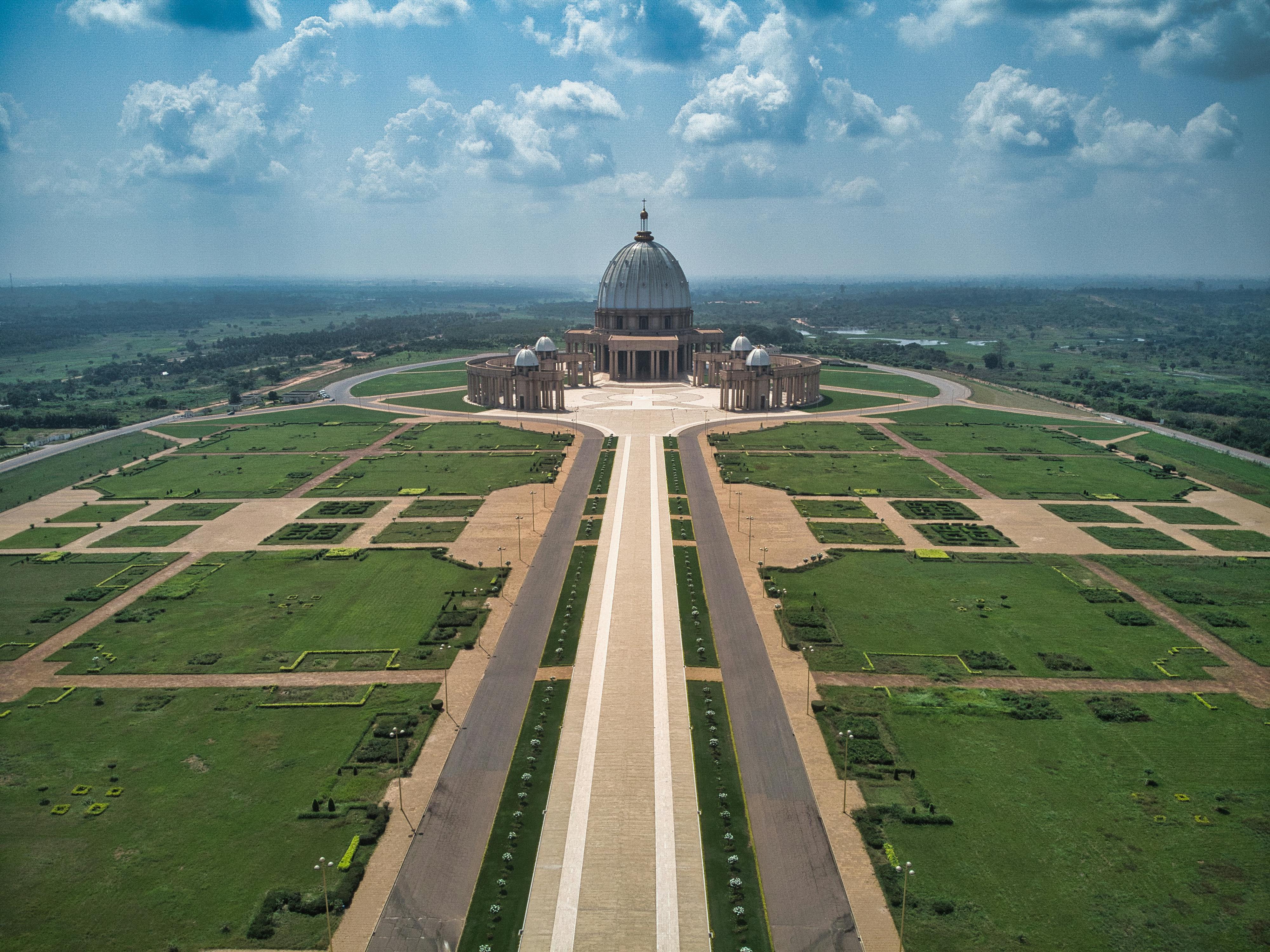
Dato 8: El punto más alto de Costa de Marfil es también el punto más alto de la región de Guinea
El punto más alto de Costa de Marfil es el monte Nimba, que se eleva a unos 1.752 metros (5.748 pies) sobre el nivel del mar. Forma parte de la cordillera de Nimba, que se extiende a través de las fronteras de Costa de Marfil, Guinea y Liberia.
El monte Nimba no solo es el punto más alto de Costa de Marfil, sino también el pico más alto de la región de Guinea. La zona es conocida por su rica biodiversidad, que incluye varias especies endémicas de plantas y animales.
Dato 9: Con una larga costa, hay muchas playas hermosas aquí
Costa de Marfil cuenta con una larga costa a lo largo del Golfo de Guinea, que se extiende aproximadamente 500 kilómetros (unas 310 millas). Esta costa está salpicada de numerosas playas hermosas que son populares tanto entre los lugareños como entre los turistas. Algunos de los destinos de playa más notables incluyen:
- Assinie: Situada justo al este de Abiyán, Assinie es conocida por sus impresionantes playas de arena blanca y sus vibrantes complejos turísticos de playa. Es una popular escapada de fin de semana para los residentes de la capital.
- Grand-Bassam: Esta ciudad histórica no solo cuenta con hermosas playas, sino que también tiene un significado cultural, ya que fue la primera capital de Costa de Marfil. Sus playas son populares para relajarse y practicar deportes acuáticos, y la ciudad tiene un encantador ambiente colonial.
- San Pedro: Situada en el suroeste, San Pedro tiene algunas de las playas más pintorescas del país, con aguas cristalinas y exuberantes palmeras. También es una ciudad portuaria clave y ofrece diversas actividades, como la pesca y el surf.
- La Lagune: Cerca de Abiyán, esta zona ofrece experiencias tanto en la playa como en la laguna, donde los visitantes pueden disfrutar de actividades acuáticas en un entorno tranquilo.
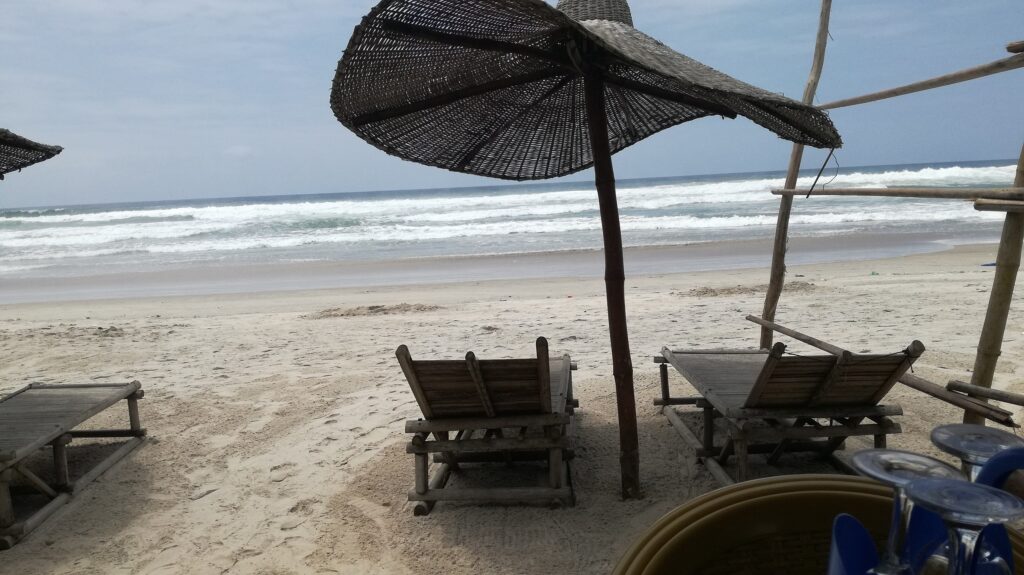
Dato 10: Además del francés, aquí se hablan más de 70 idiomas
Estos idiomas pertenecen a varias familias lingüísticas diferentes, lo que refleja la rica diversidad étnica de la nación. Algunos de los principales grupos lingüísticos incluyen:
- Lenguas akan, como el baule y el akan.
- Idiomas kru, incluidos el bété y el guéré.
- Lenguas mande, como el dioula (también conocido como jula), que sirve como lengua franca en gran parte de la parte occidental del país.
Idiomas como el dioula se hablan ampliamente en el comercio y la comunicación cotidiana, lo que los hace importantes más allá de sus comunidades étnicas.

Publicado Noviembre 03, 2024 • 8m para leer

